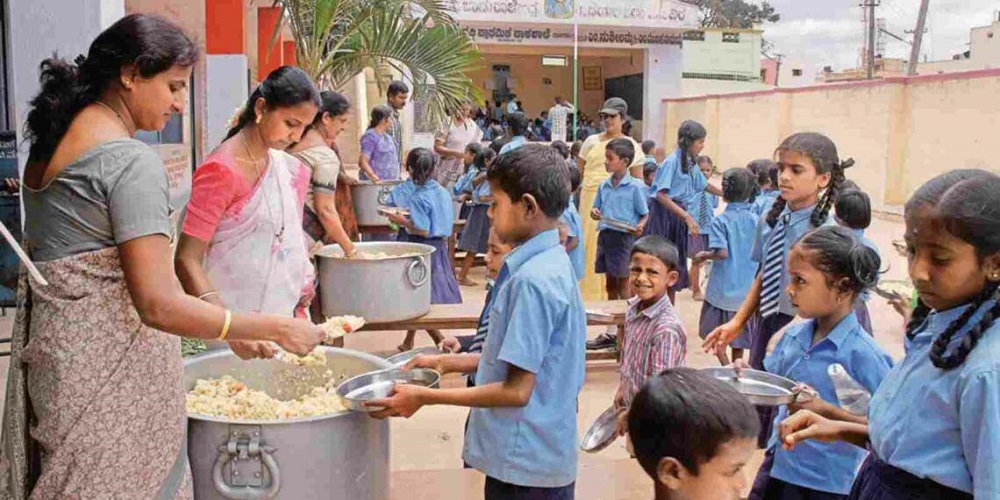Food insecurity among underprivileged children remains a pressing issue. With long-lasting implications for their health and well-being. Innovative approaches are needed to address this challenge. To ensure that every child has access to nutritious food.
This blog of Fikrah explores the significance of tackling food insecurity. It highlights the obstacles faced by underprivileged children and presents innovative solutions to reduce this issue.
The Significance of Tackling Food Insecurity:
Access to nutritious food is vital for the physical and cognitive development of children. Food insecurity, characterized by limited or uncertain access to adequate food, undermines their health, educational outcomes, and quality of life. Addressing food insecurity among underprivileged children is crucial. In promoting equal opportunities and breaking the cycle of poverty.
Obstacles Faced:
Underprivileged children encounter many obstacles in accessing enough nutritious food. Economic limitations often restrict their families’ ability to afford a well-balanced diet. Additionally, limited access to grocery stores or farmers’ markets in their neighborhoods exacerbates the problem. Furthermore, a lack of knowledge about nutrition and healthy cooking practices contributes to unhealthy eating habits.
Innovative Solutions for that:
- School-based Initiatives:
Implementing innovative school-based programs can ensure that children receive nutritious meals during the school day. Such as breakfast and lunch programs, food pantries, or mobile food markets.
- Community Gardens:
Establishing community gardens in underprivileged areas helps children and their families. To grow fresh produce and learn about sustainable agriculture. This promotes self-sufficiency and increases access to healthy food options.
- Mobile Food Delivery:
Utilizing technology and mobile platforms to deliver nutritious food. Underprivileged communities can bridge the gap in access to healthy meals.
- Food Rescue Programs:
Collaborating with food banks and restaurants to rescue surplus food. That would otherwise go to waste. Then redistributing it to underprivileged children and their families. This reduces food waste and tackles food insecurity.
Conclusion:
Tackling food insecurity among underprivileged children requires innovative approaches. That goes beyond traditional solutions. We can make significant progress in ensuring that every child has access to nutritious food. By implementing school-based initiatives, supporting community gardens, embracing mobile food delivery, and establishing food rescue programs. Let us come together, innovate, and take collective action to address food insecurity. Thus ensuring a healthier and brighter future for underprivileged children. As well as free from hunger and the limitations it imposes.
Click here to know more about “How Food insecurity affects a Child’s education?”

